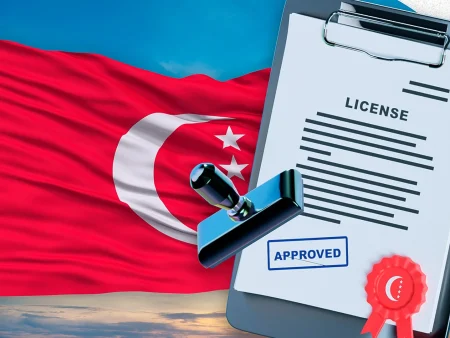In-person betting on non-sports events represents the vertical with the highest average proportion of high-risk players, with a PGSI score of 8 or higher. This is according to the Gambling Survey for Great Britain of UKGC or UK Gambling Commission released last July 25.
By comparison, online bettors of novel markets were 5 times more likely to be a high-risk player than the average.
Rates were nearly six times higher than average for online slots. Online sports bettors were less likely to be rated as high risk compared to in-person bettors. Nonetheless, onlione casino users were more likely to be high-risk than retail casino goers.
The UK Gambling Commission data breakdown by vertical included survey participants who had gambled in the past 12 months.
The survey of UKGC used a new scoring system called PGSI or the Problem Gambling Severity Index. This is to score those surveyed based on their problematic gambling behaviors.
A score of 0 represents a gambler who did not display any gambling problem behaviors on the PGSI. As the scale increases, the rate of adverse consequences experienced by players also increases, based on a selection of nine behaviors.
Chasing losses was the most common experience reported by participants, totaling 16%. Feeling guilty about betting and gambling more than you can afford was represented by 9.9% and 9.6% of the group.
85.6% gamblers with no risk of problematic behaviors made up the majority of the surveyed group. 8.3% scored between 1 and 2 on the PGSI represents low-risk gamblers. Aside from those, 3.7% accounted by moderate-risk and problem gamblers and 2.5% of the total group.
Yet, moderate-risk and high-risk gamblers grew to 8.3% and 5.9% in the non-lottery category. It represents an uptick of almost 5% and 3% from the overall group.



